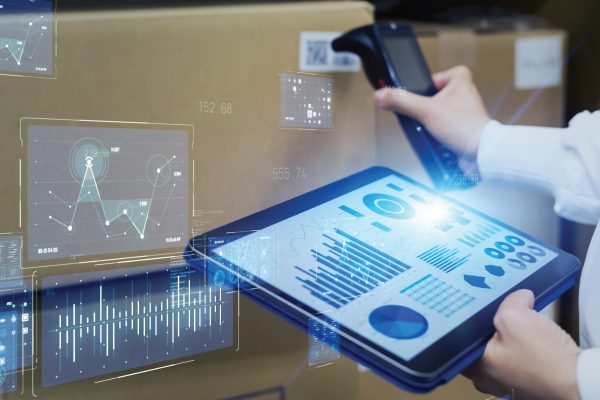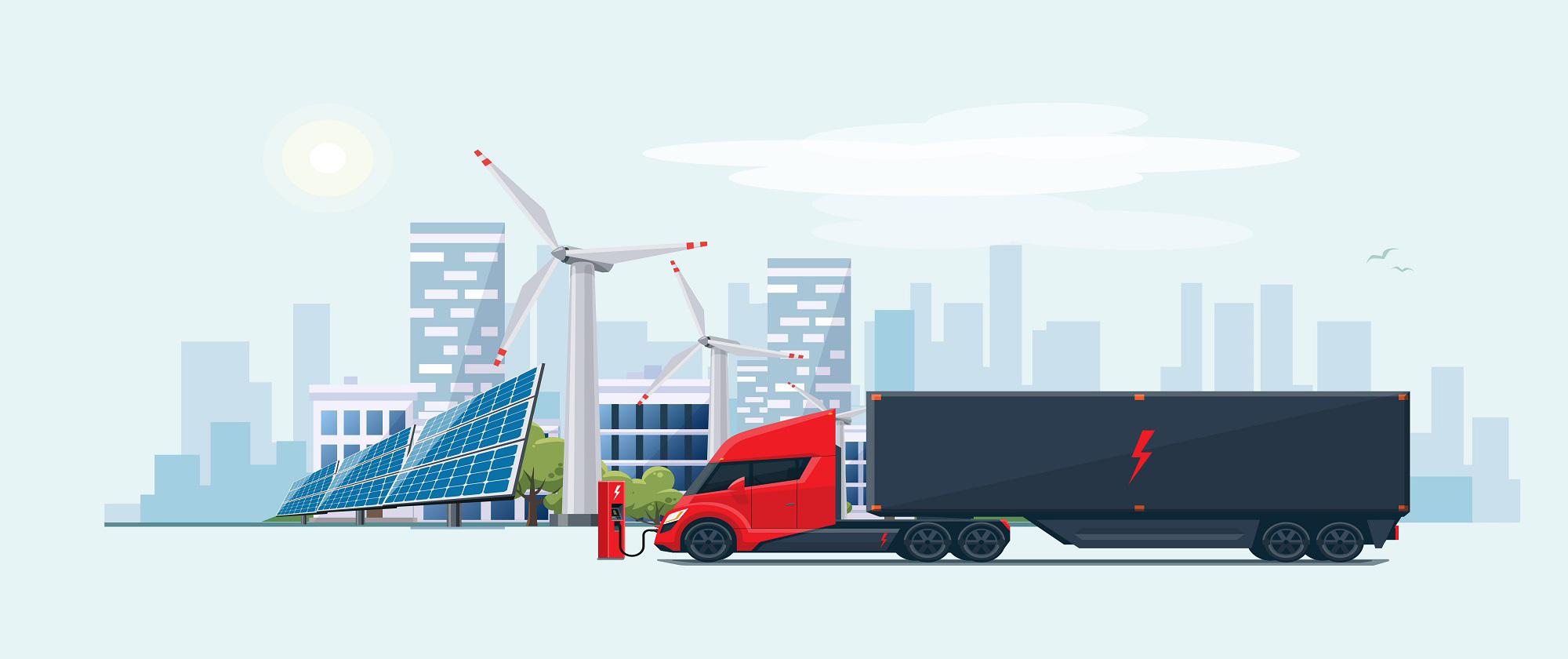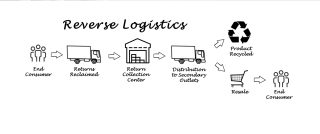While much has been said about the environment-friendly aspect of Electric Vehicles (EVs), the fact remains that a part of their lure lies in them being cheaper than fossil fuel-powered vehicles. Then there are brownie points and the good PR that comes with adopting a green technology. Why, a study released by Nielsen in 2015 stated that 66% of respondents said they would be happy to pay more for a product/service if the company selling it is committed to positive changes.
For these reasons, the logistics & transport (L&T) industry is looking at EVs as the next big thing. Nevertheless, practical concerns about their performance remain. Range anxiety (the fear that the battery might run out of charge on the road) is the biggest deterrent in their wide-scale adoption. However, players in the L&T industry are committed to improving the adoption of EVs and thus trials and studies are being conducted across the world to assess, understand and overcome the challenges.
Solutions are much easier to come by with governments’ participation. Take Sweden, for example. The Swedish Transport Administration in June 2016 launched eHighway, wherein overhead electric cables power specially designed trucks. When the trucks ply on non-electrified roads, they switch to battery. Then in April 2018, Sweden threw open a 2-km stretch near Stockholm where electric rails can recharge the batteries of cars and trucks.
That governments need to promote EV adoption by providing infrastructure is a given. A research paper published in January 2016, ‘Electric Vehicles in Logistics and Transportation: A Survey on Emerging Environmental, Strategic, and Operational Challenges’, noted: “Smart cities are required to provide recharge stations for electric-based vehicles, meaning that investment decisions need to be made about the number, location, and capacity of these stations.”
The paper said that limited driving range capabilities of EVs impose additional constraints when designing efficient distribution routes. It pointed out that while there is extensive literature in the area of Vehicle Routing Problem, most of it pertains to traditional vehicles and not EVs, which have their own set of challenges. Long recharge time of batteries and the scarcity of charging stations, be it public or private, are major pain points.
This, combined with the cost factor of batteries, makes it economically unviable for companies to replace their fleet of traditional vehicles entirely with EVs. However, improving the cost and performance of the battery holds the promise to make this situation better.
Current utility
For all their troubles, EVs still can be incorporated into L&T companies’ fleet for their hidden, practical benefits. Many big companies are already using a mix of traditional vehicles and EVs. The aforesaid research notes that vehicles involved in last-mile delivery ply at low speeds and with a moderate payload. The research underlines that electric vehicles are more efficient at low speed and thus are a good fit for this part of the supply chain. The paper further notes: “The routes covered in urban distribution are quite similar from one day to another, which can facilitate the design of stable policies for battery recharging or battery swapping.”
The fuel cost being lower than that of a traditional vehicle is an added incentive for their usage.
The paper further stated that delivery actions in the last-mile range using electric tricycles are becoming increasingly common, mainly in congested cities such as Brussels (Belgium), Portland (B-line) (Oregon ,USA), La Petite Reine (Paris, France) and Txita (San Sebastian, Spain).
DHL boasts of using 7000 StreetScooters (mini-truck), 3200 electric bikes and 9000 other e-bikes. In fact, DHL owns StreetScooters brand and has partnered with Ford to produce an extra 3500 of these vehicles. Currently, they can ply 200 km on a single recharge. Research and development is underway to bump it up to 500 km.
The research paper said it is incumbent upon L&T companies to establish and operate the facilities required to facilitate seamless movement of EVs. It noted that the standard charging method can take hours and fast-charging can reduce the battery life greatly, increasing the overall cost of transportation. It found battery-swapping to be the most feasible solution and added that the location of these company-owned battery-swapping stations has to be calculated carefully to optimise the cost and time factor involved in the delivery. For long distances, the recharge stations need to be on the vehicle’s route since any detour for charging will come at an additional cost. The paper concluded that the location and capacity of the charging stations are two of the biggest operational and technological challenges facing the wider adoption of EVs.
Definitely cheaper
While setting up this infrastructure comes at a cost, another study shows that EVs save considerable money for companies. Published in December 2014, a study titled ‘E-Vehicles in the Last-Mile Distribution’, categorically stated: “For the limited application area of last-mile distribution logistics… electric vehicles may be economically the best choice.”
The aim of the research was to “identify changes in costs and operational processes caused by the use of electric vehicles in the last-mile distribution of retail and logistics companies”. The research involved testing electric vehicles, interviews with their drivers, developing cost-accounting schemes and gaining managerial insights for their use. For the study, the researchers took up the distribution responsibility of a company in Germany that supplies medicines to more than 8600 pharmacies. They also took up distribution for food and waste industries.
While the researchers gave a thumbs up to the cost advantage of EVs after conducting their study, their report says this benefit comes when due care is taken of the route. “Managing the routing planning within these industries (pharmaceutical, food and non-food as well as recycling) remains the focal process that will have to be adjusted in case of using electric vehicles,” it stated.
While there’s no denying that EVs are the future of transport, the technology is still evolving and there still are many issues waiting for a solution. Switching to EV needs companies to invest considerable resources in chalking up plans and setting up infrastructure.
Hemant Gairola is the Associate Editor at 101Reporters.com. Coming from the hills of Uttarakhand, Hemant has worked with major publications such as The New Indian Express and DNA in different capacities in his 12 years of journalistic career.














